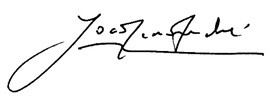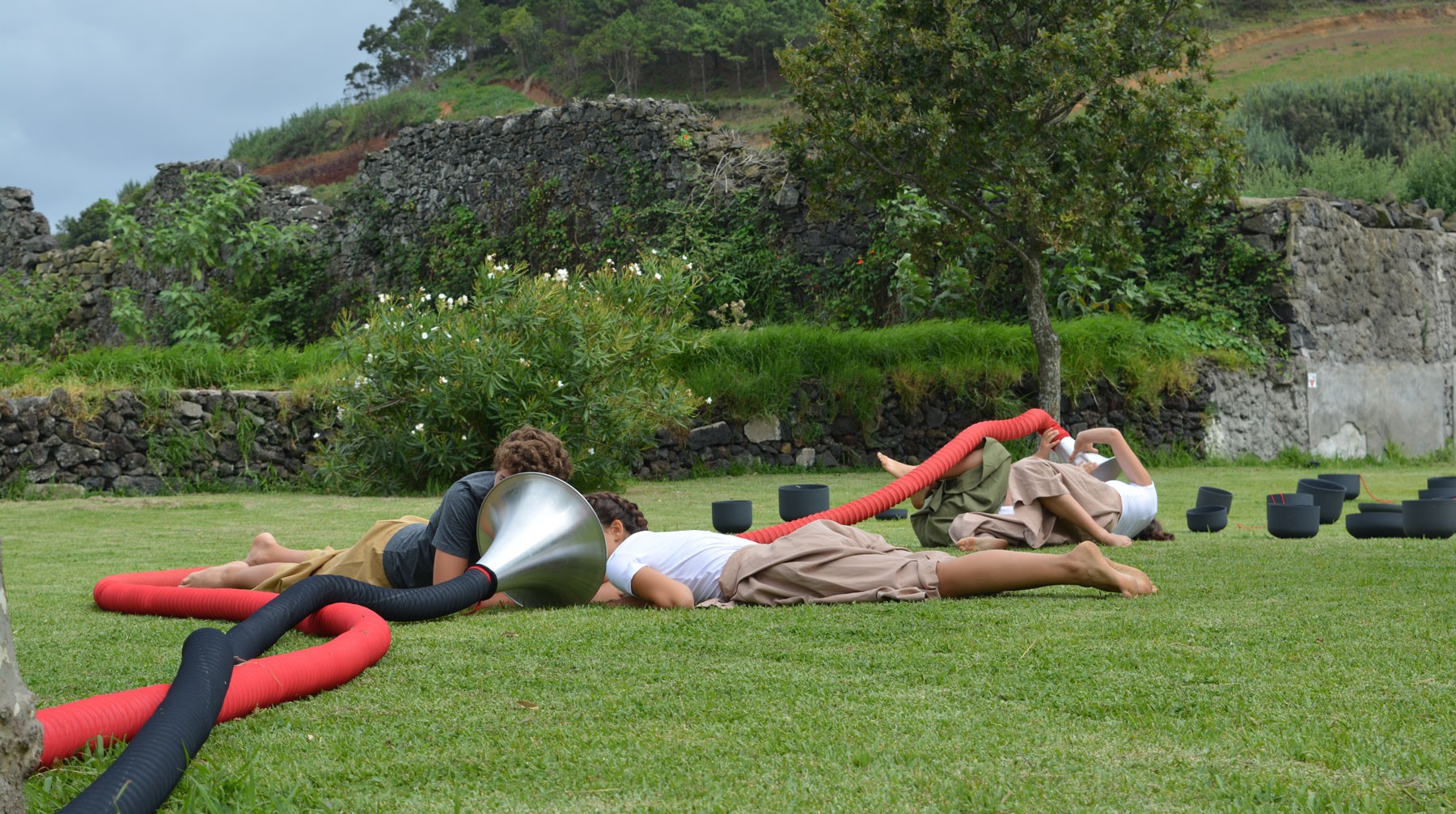Manifesto in favour of synaesthesia:
for a multiple sensibility of the world, time and art
After knowledge and perception were fundamentally structured by the sense of sight in Antiquity (“theory” comes from the Greek verb theoro, meaning “I see”) and after the construction and sharing of knowledge having the ear as its fundamental device in the communal spaces where that occurred during the Middle Ages, the Gutenberg Galaxy, as McLuhan called it, reinstated the sense of sight throughout Modernity, which, from the age of Marconi onwards, partially recovered the ear in the realm of audiovisuals as well. The other senses were relegated to minor activities (such as the sense of taste or smell) or to the private and intimate dimension (such as the sense of touch). The last few decades and the forms of communication experiences during the pandemic period have contributed even more to the centralisation of the sense of sight, with the assistance of the sense of hearing in the context of a primacy of distance communication, in which the experience of life and the world was replaced by the remote perception of visual and acoustic images. The spaces of resonance have shrunk, both in terms of their number and their diversity.
However, if as Hölderlin says, “where there is danger, there also grows that which saves”, then the awareness of the impoverishment of the aesthetics and aesthesia (that is, how we perceive beauty) in which we live awakens the need to recover the lost senses and, above all, their interrelationship and complementarity, together with their different possibilities or potentialities.
The sense of sight is already in itself quite different from the sense of hearing. It is not without reason that Bentham’s panopticon, rethought by Foucault in Discipline and Punish, and G. Orwell’s Big Brother are, first and foremost, a reference to or a criticism of the objectifying power of sight: sight is a much more dominating sense than hearing, which is characterised above all by its receptivity, its acceptance, its holistic nature and its openness to the other, to the world as well as its forms of expression. Moreover, only the interplay of the two senses would lead us to, having learnt History’s lesson, becoming used to seeing as we listen (without forgetting that listening must also be complemented by some virtues of sight).
But the synaesthesia of sight and hearing is still a poor and reductive synaesthesia. Experiencing the world, time and art must also involve the other senses: smell, taste and touch. Smell has been favoured by the industries and arts of what we could call the cosmetics of aroma and perfumes, and taste is the device most utilised by the so-called gastronomy industries and arts. Touch has perhaps been the most forgotten of all the senses in Western culture, even though its organ is the most extensive surface of our body: not just our fingers, but the skin that covers us, protects us, separates us and connects us, physically and materially, to the world.
The challenge is therefore twofold: on the one hand, to overcome the one-dimensionality of the sense of sight, or, at best, the two-dimensionality of the senses of sight and hearing through the multidimensionality of all the senses, thereby rescuing smell, taste and touch from their minority status or oblivion; on the other hand, to break down the atomisation of the senses, eco-systemically perceiving and feeling that in each sense all the others are present, only acting to a smaller degree. This, knowing that each of them implies and develops distinct abilities in their relationship with the world. We see with our eyes, but we also see with our ears, taste, smell and touch; we hear with our ears, but we also hear with our eyes, taste, smell and touch; we savour with our taste, but the flavour is incomparably better if we also savour with our eyes, ears, smell and touch; we smell with our olfactory sense, but what we see also has a smell, just as what we hear, what we taste and what we touch has a specific aroma; and we feel things by touch, but the eyes also feel the world tactilely, just like the ears, taste and smell. And what is a kiss if not an act in which we touch the other person by touch and by the taste of their mouth, by looking closely at their face, by hearing the sound of their breathing, by the intimate scent of their presence? When was the last time we kissed someone with all our senses?
My message to the future is therefore the message of synaesthesia in the combined feeling of all the senses. To feel the world, things, people, atmospheres, environments, desires, joys and sorrows, hopes and despairs with all our senses. To feel time with all our senses: because time can be seen, heard, even in the silence of its flow, and it can also be smelt, touched and tasted (Byung Chul-Han): there are bitter and sweet times, rough and smooth times, musical, noisy and silent times, aromatic and smelly times, dark and bright times. And human expressions must also be felt and perceived with all the senses, starting with words, which are not just heard, but seen, tasted, smelt and touched, vibrating on our skin and resonating within it to the innermost depths of our body, which some call the soul.
And more than anything, art has to be the space and time of our five senses: we have to learn to see music and its dance, smell its aroma, feel its touch, and savour its melody while listening to its sounds. The same goes for theatre, painting, sculpture, photography, cinema, dance and even architecture.
To feel at the same time with our five senses: only in this way will we make the world, time and art our home and our dwelling place, that is, the home of our body and soul, the home of the whole that we are!
Paradela da Cortiça, October 2023
João Maria André
(philosopher, stage director, poet)
PS: Poem written during the time masks were being worn, in the middle of the pandemic.
We have lost the faces
Eyes are not enough. We have lost the faces,
the subtle matter in which the eyes dwell,
the curves cut into the folds of light
as well as the scars written by time
on the faces which once were home to childhood.
Eyes are not enough. We have lost touch
and with it taste which is the mouth’s touch,
the mysterious texture of kisses,
the effortless calm water of tenderness
that glides over the skin and lingers on the lips
as if that were where the sun rose each morning.
Eyes are not enough. We have lost music,
the simple words of sounds
in their crystal purity, that dance in which poems breathe
brightened by the geometry of the body.
Eyes are not enough. We have lost the odour,
the unique perfume of each being,
the labyrinth in which we wander in sweat
with which the passion of change is always woven.
The eyes are mute without a line
guiding the gaze’s restless hands
through the secrets hidden across the countenance’s chart.
The eyes are mute without those senses
with which we listen to the souls of others
and linger inside their world.
Figueira da Foz, August 2020

